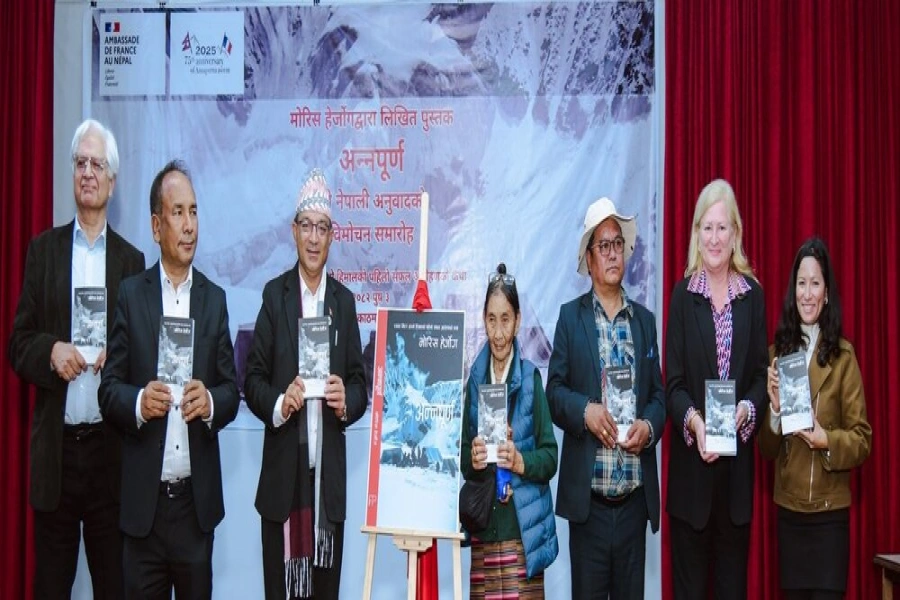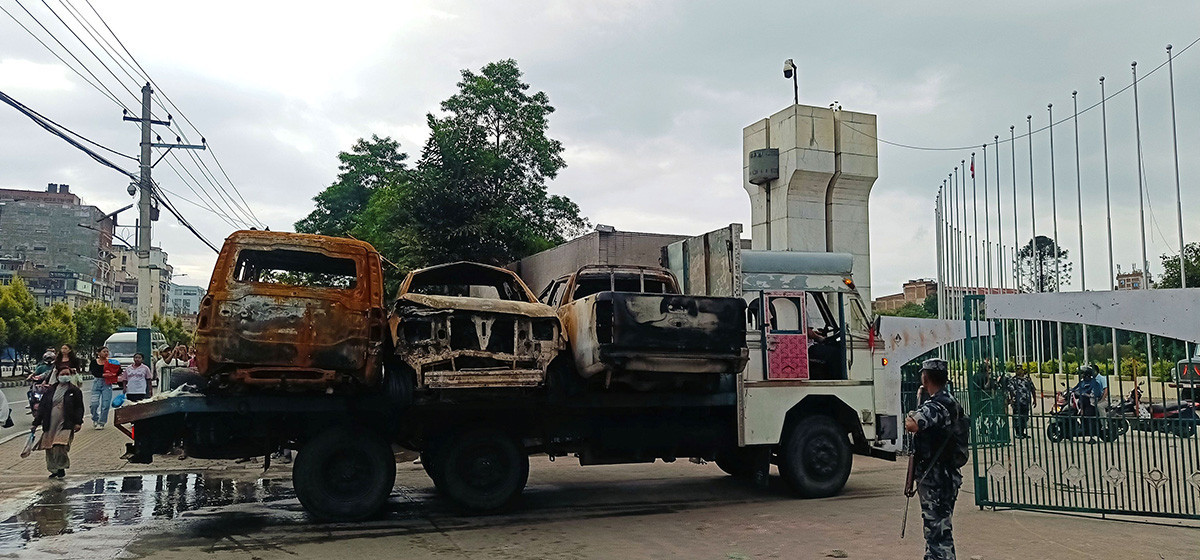The plan serves as the foundation for all preliminary preparations before any work begins, aiding in goal setting and resource management. It outlines various aspects, including the nature of the work, and is crucial for achieving specific objectives. In the context of a country’s development, a plan is necessary to implement economic decisions by distributing resources appropriately. In essence, the action plan for achieving objectives within a specific period can be termed a development or economic plan.
Global planned development traces its origins to Russia, notably with the successful 'Papatileka' scheme in 1928. Nepal, during the Rana regime, witnessed a proposed 20-year plan by Judda Shumsher, though it remained unimplemented. Fast forward to 2007 BS, under Prime Minister Tanka Prasad Acharya's leadership, Nepal embraced planned economic development. The establishment of the Ministry of Planning and Development, along with the inception of the Planning Commission in Paush 2013, marked the commencement of Nepal's first successful five-year plan.
So far, Nepal has successfully implemented and completed 14 schemes. The 15th plan concludes at the end of Ahad 2081, with the commencement of the sixteenth plan. Notably, the 2nd, 11th, 12th, 13th and 14th plans are three-year plans, while the remaining 10 plans follow a five-year structure.
The first five-year plan in Nepal (2013-2018) prioritized transportation and communication, with agriculture as secondary, but none of the goals were achieved. The second three-year plan (2019-2022) maintained objectives while adding priorities to industry, tourism, and social services. The third plan (2022-2027) emphasized local ‘Panchayat’ roles, focusing on transportation, communication, foreign trade, and industrial development along with agricultural development. Addressing social and economic inequalities was a priority. The fourth plan (2027-2032) continued to prioritize transportation and communication as primary objectives, with agriculture as the second focus.
Nepal introduced poverty alleviation in the Fifth Five-Year Plan (2032-2037), emphasizing agricultural and industrial growth. The subsequent Sixth Plan (2037-2042) continued these goals, focusing on agriculture. In the Seventh Plan (2042-2047), a liberalization policy allowed private investment. Preceding the Eighth Plan (2049-2054), a two-year planning gap occurred due to political challenges. The Eighth Plan aimed to address this gap, marking the first periodic development plan after the restoration of democracy.
There is an environment to justify supplementary budget

Nepal's Ninth Five-Year Plan (2054-2059) aimed to reduce poverty by boosting industrial production and creating jobs. The Tenth Five-Year Plan (2059-2064) continued the focus on poverty alleviation, emphasizing improvements in economic, social, and human development indicators, as well as enhancing the private sector's capacity and promoting wider participation in social development activities.
Following the Tenth Plan, Nepal implemented four consecutive three-year plans: The Eleventh Plan (2064-2066), Twelfth Plan (2067-2069), Thirteenth Plan (2070-2072), and Fourteenth Plan (2073-2075). These plans were designed to complement the Tenth Plan, prioritizing reconstruction, equality, and equal opportunities.
Despite incomplete achievements in previous plans, the government aims to attain an ambitious average economic growth of 9.6% and reduce the population below the poverty line to 9.5% by the end of the 15th plan. However, these targets appear challenging based on current progress. While some success has been observed in social and infrastructure indicators, economic goals remain crucial. An analysis suggests that, with the exception of the Eighth Plan, none of the plans have fully met the economic growth objectives.
The Constitution of Nepal 2072 envisions a socialist-oriented and prosperous economy with a focus on national independence. The goal of "Prosperous Nepal, Happy Nepali" for 2100 aligns with the 2026 objective to transition from a least developed to a developing country. By 2030, the aim is to attain middle-income status through the fulfillment of sustainable development goals. As the Fifteenth Plan concludes in June 2081, a concept paper has been prepared for the Sixteenth Five-Year Plan (2081/82-2085/86).
The objective of planned development extends beyond mere economic growth. It encompasses crucial aspects such as poverty alleviation, income equality, job creation, and investments in infrastructure and productive sectors. Sustainable development goals emphasize resource efficiency and improvements in the Human Development Index. However, challenges like the impact of contractionary monetary policies, recent global events such as Covid-19 and the Russia-Ukraine war, and a decline in market demand pose hurdles. Encouraging internal and external investments, along with qualitative state presence in areas like education and health, should be prioritized. Future plans need to broaden their scope to address these challenges comprehensively.
Non-availability of resources on time, lack of effective mechanism of government's responsibility with accountability and weak risk-taking ability are the challenges of implementation of planned development in Nepal. In addition to this, the lack of political stability, lack of coordination between ministries and government agencies, and lack of prompt decision-making are also the obstacles that have emerged during the implementation of the plan. Problems in land acquisition, long and complicated public procurement process, inefficiency in project-related personnel engagement and tendency of their frequent transfer are also the major problems faced during the plan implementation.
The groundwork for the sixteenth plan is set, and the National Planning Commission is now responsible for developing the complete document. This entails refining sectoral, thematic goals, objectives, priorities, and programs to align with overarching strategies. Inputs from stakeholders and experts are pivotal for coherence, and interactive meetings will be conducted to gather various opinions. These insights will be incorporated into the plan during the drafting process.
Despite seven decades of planned development in Nepal, effective implementation and achievement of targeted objectives appear elusive. There is a pressing need to enhance planning, implementation, or monitoring at various levels by thoroughly reviewing shortcomings. Continuous improvement is essential until the sixteenth plan reaches its final form.
The plan serves as a comprehensive guide, outlining our current position, future objectives, and resource utilization strategies. It forms the basis for the country's annual budget and subsequent implementation. However, in the context of Nepal, key weaknesses include challenges in resource mobilization and timely allocation of expenditures in line with ambitious goals during plan preparation. Addressing these shortcomings is crucial for future improvements.
Ensuring the active participation of the target group in the planning process is imperative. Furthermore, aligning plan goals with those of sustainable development is essential. Equally important is fostering agility and transparency in the planning, implementation, and monitoring evaluation processes. These measures are vital for enhancing the effectiveness of future plans.
After nearly seven decades of planned development in Nepal, it's essential to identify reasons for failure in proper implementation and target shortcomings. The Sixteenth Plan is expected to be revised by addressing deficiencies in planning, implementation, or monitoring. Strengthening the plan's capabilities in execution and monitoring is also necessary.


































